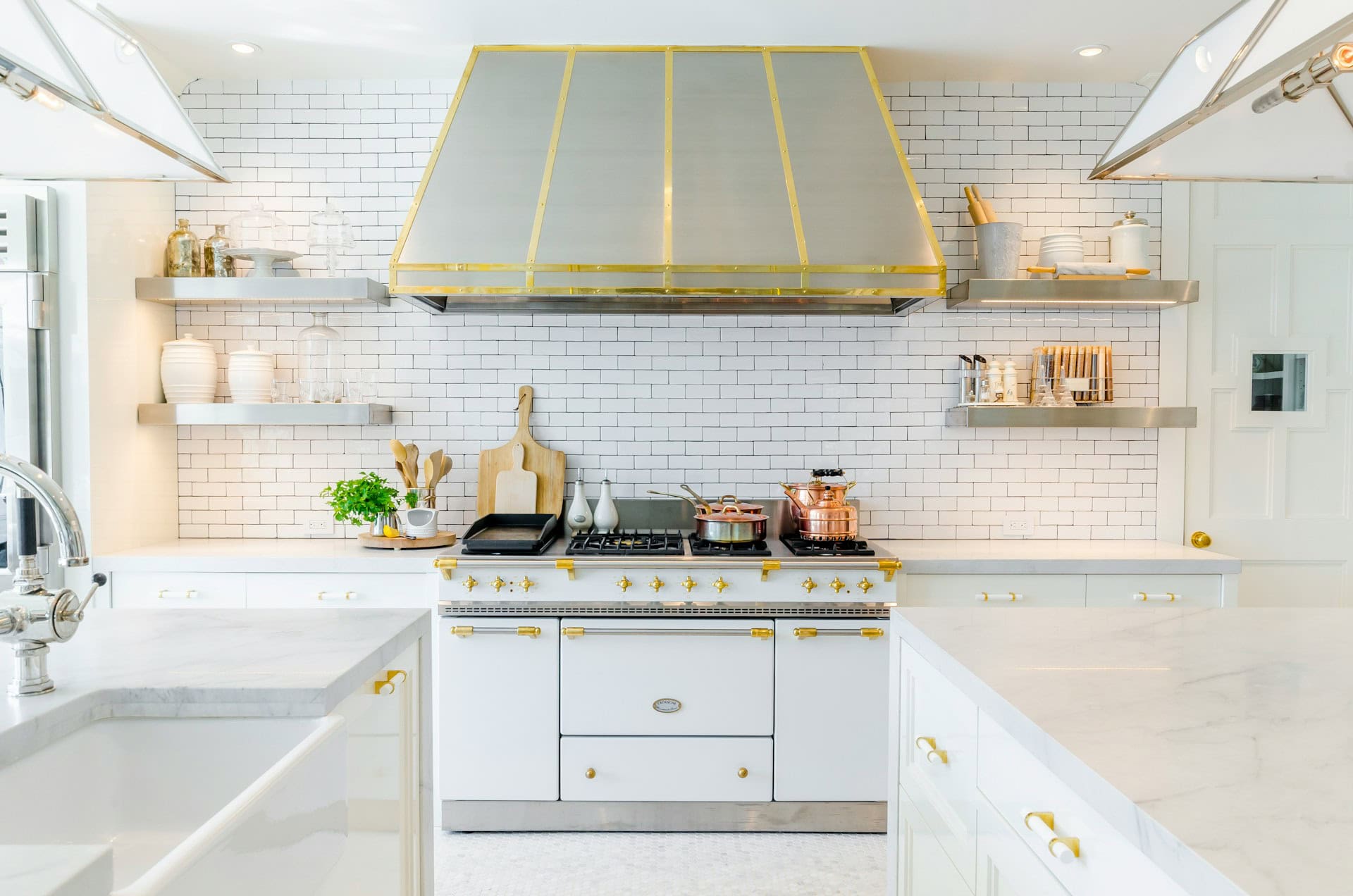
Question: How Do I Keep My Kitchen Well Ventilated?
Answer: To keep your kitchen well ventilated use a range hood while cooking, open windows for cross-ventilation, and consider installing an exhaust fan for continuous air circulation.
Fresh Air for a Healthier Kitchen
A well-ventilated kitchen improves air quality, removes odors, and reduces moisture. This guide offers simple and effective ways to keep your kitchen fresh and comfortable. Whether you’re a seasoned chef or an occasional cook, proper ventilation is essential for a pleasant cooking experience.
Range Hoods: Your First Line of Defense
Range hoods capture cooking fumes, grease, and steam at the source. Select a hood with adequate power for your stove. Clean the filters regularly to maintain optimal performance. Vent the hood outside whenever possible for maximum effectiveness.
Proper installation ensures effective capture of pollutants. Consider a professional installation for optimal results. Experiment with different fan speeds to find the right balance between noise and effectiveness.
Different types of range hoods exist, each offering specific benefits. Wall-mounted hoods work well for stoves against a wall. Island hoods hang from the ceiling above island cooktops. Downdraft hoods integrate into the cooktop and vent downwards. Choose the hood that best suits your kitchen layout and cooking habits.
Click the link to get more information about Blue KItchen Refacing
Related Article: How Long Can a Kitchen Exhaust Vent Be?
Related Article: What Do You Do If Your Kitchen Doesn’t Have a Vent?
Exhaust Fans: Extracting Moisture and Odors
Exhaust fans help remove excess moisture and lingering odors. Install an exhaust fan near the cooking area. Run the fan during and after cooking to eliminate steam and smells effectively.
Choose an exhaust fan with a CFM (cubic feet per minute) rating appropriate for your kitchen size. Clean the fan blades periodically to maintain optimal airflow. Ensure the exhaust fan vents directly outside and not into an attic or other enclosed space.
Consider installing a timer switch for the exhaust fan. This allows the fan to run for a set period after cooking, ensuring complete removal of moisture and odors. Exhaust fans contribute to a healthier kitchen environment by controlling humidity and reducing the risk of mold growth.
Portable Fans: Circulating Air
Portable fans improve air circulation throughout the kitchen. Place a fan strategically to direct air towards open windows or exhaust fans. Use a fan in conjunction with other ventilation methods for improved results.
Experiment with fan placement to optimize airflow. Consider using multiple fans for larger kitchens. Portable fans provide a cost-effective way to enhance kitchen ventilation.
Choose a fan with adjustable speed settings to control airflow. Clean the fan blades regularly to remove dust and debris. Portable fans offer flexibility and can be easily moved to different locations as needed.
Air Purifiers
Air purifiers remove airborne particles like dust, pollen, and smoke. Place an air purifier in the kitchen to improve air quality. Choose an air purifier with a HEPA filter for effective particle removal.
Replace the air purifier filter regularly according to the manufacturer’s instructions. Consider using an air purifier with activated carbon to absorb odors. Air purifiers complement other ventilation methods by removing finer particles from the air.
Air purifiers can help alleviate allergies and respiratory issues. They contribute to a cleaner and healthier kitchen environment by reducing airborne pollutants. Select an air purifier with a CADR (Clean Air Delivery Rate) appropriate for your kitchen size.
Maintaining a Fresh Kitchen
Regular cleaning practices contribute to good kitchen ventilation. Clean up spills and crumbs promptly. Wash dishes and cookware regularly to prevent food odors. Empty trash cans frequently to avoid unpleasant smells.
Wipe down countertops and surfaces after cooking. Clean the stovetop and oven regularly to remove grease buildup. Maintaining a clean kitchen helps prevent the accumulation of odors and airborne particles.
Consider using natural cleaning products to minimize chemical fumes. Open windows while cleaning to ventilate the area effectively. Regular cleaning combined with proper ventilation creates a healthier and more enjoyable kitchen environment.
Conclusion
Keeping your kitchen well-ventilated is essential for a healthy cooking environment. Use a combination of range hoods, exhaust fans, portable fans, and air purifiers to improve air quality. Regular cleaning practices also play an important role in maintaining a fresh kitchen.
Implementing these simple strategies makes a noticeable difference in your kitchen’s air quality. Enjoy a fresher, healthier, and more comfortable cooking experience.

Blue Malue Get in touch with Blue here.
